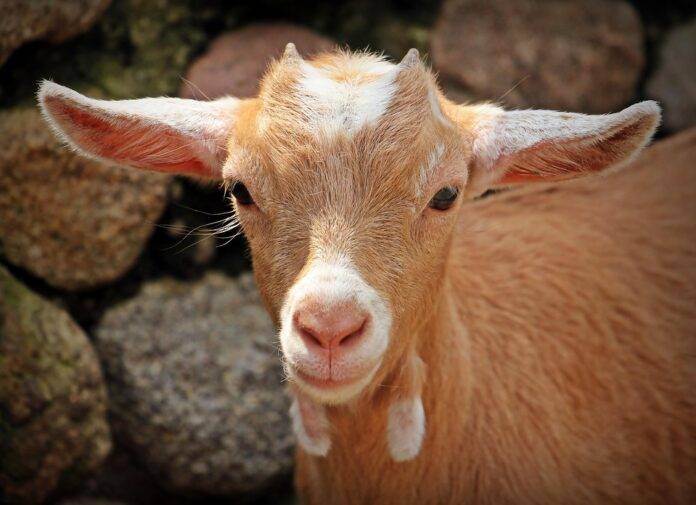Introduction
Goat farming plays a vital role in ensuring food security and livelihoods for millions of people around the world. However, the environmental impact of goat farming, particularly in terms of carbon footprint and resource use, cannot be overlooked. In recent years, there has been a growing awareness of the need for sustainable practices in agriculture to mitigate climate change and preserve natural resources. This report aims to explore how goat farmers can reduce their carbon footprint and resource use while maintaining profitability.
Reducing Carbon Footprint
1. Sustainable Feeding Practices
One of the major contributors to the carbon footprint of goat farming is the feed production process. By implementing sustainable feeding practices such as rotational grazing, silvopasture, and utilizing locally sourced feed ingredients, farmers can reduce their reliance on carbon-intensive feed production methods. Studies have shown that rotational grazing can sequester carbon in the soil, thus offsetting emissions from livestock production.
2. Energy-Efficient Infrastructure
Another way to reduce the carbon footprint of goat farming is by investing in energy-efficient infrastructure. This includes using solar panels for electricity generation, energy-efficient lighting and heating systems, and implementing waste management practices to reduce methane emissions. While the initial investment may be high, the long-term savings on energy costs can significantly benefit the farm’s bottom line.
Reducing Resource Use
1. Water Conservation
Water scarcity is a major concern in many regions where goat farming is prevalent. Implementing water conservation measures such as rainwater harvesting, drip irrigation systems, and efficient watering schedules can help reduce water usage on the farm. Additionally, investing in water-efficient equipment such as automatic waterers and water-saving fixtures can further reduce resource use.
2. Waste Management
Proper waste management is essential for reducing resource use and minimizing environmental impact. Implementing composting systems for manure and bedding waste can not only reduce waste sent to landfills but also create valuable organic fertilizer for the farm. Additionally, utilizing anaerobic digesters to convert organic waste into biogas can provide a renewable source of energy for the farm.
Financial Considerations
1. Cost-Benefit Analysis
When implementing sustainable practices in goat farming, it is important to conduct a cost-benefit analysis to determine the potential financial impact. While initial investments in sustainable infrastructure and practices may be high, the long-term savings on energy costs, feed expenses, and water usage can outweigh the upfront costs. Additionally, implementing sustainable practices can improve the farm’s reputation and marketability, leading to increased profitability.
2. Government Incentives
Many governments offer incentives and subsidies for farmers who adopt sustainable practices. These can include tax credits for renewable energy investments, grants for water conservation projects, and subsidies for organic certification. By taking advantage of these incentives, goat farmers can reduce their financial burden and accelerate the transition to sustainable farming practices.
Conclusion
In conclusion, sustainability in goat farming is crucial for reducing carbon footprint and resource use while maintaining profitability. By implementing sustainable feeding practices, energy-efficient infrastructure, water conservation measures, and waste management strategies, goat farmers can minimize their environmental impact and contribute to a more sustainable food system. While there may be initial costs associated with adopting sustainable practices, the long-term benefits in terms of cost savings, environmental stewardship, and market competitiveness make it a worthwhile investment for the future of goat farming.


